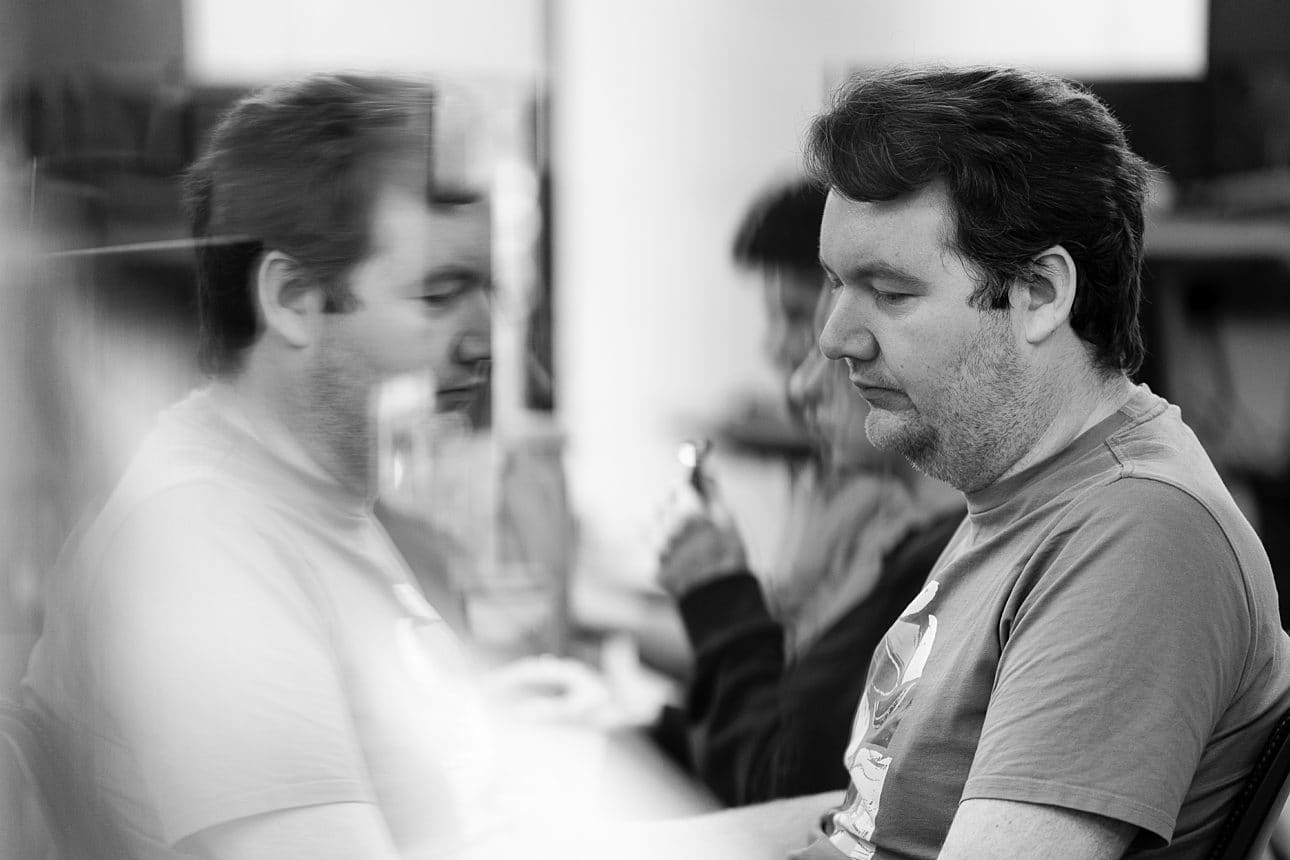Although regularly hailed as the latest major consumer innovation, to call virtual reality a new phenomenon would seem disingenuous. Virtual reality or VR has been lurking on the horizon for a few years but nevertheless, 2016 is the year we finally seeing the release of a slew of proper VR headsets. The virtual reality industry is already expected to be worth $120 billion by 2020 and this leaves brands with the question of how and when is appropriate to tap into this dynamic and immersive platform.
Big players such as Facebook, Google, Sony and HTC are some of the most notable contributors already on the scene, investing sizable sums into the research and development of headsets, accessories and VR experiences to accompany them. These headsets can provide both a virtual and an augmented reality (AR) experience, where VR takes the user to an entirely new place, whereas with AR, the user’s current physical environment is augmented or overlaid with the insertion of virtual and often interactable objects into it.
Last year MTM saw the power of virtual reality through Google’s (much more) affordable Google Cardboard viewer. Despite the simplicity of the product, we were surprised that a 360 degree immersive environment could be powered through just a smartphone, and well, a pair of cardboard goggles. This obviously whetted our appetite for how a more robust piece of VR equipment, such as Facebook’s Occulus Rift, would fare when it was launched earlier this year.
VR as a Marketing Tool
The allure of using VR and AR as marketing tools is self-evident. Offering brands an opportunity to uniquely deliver their story on a personal level has the potential to be incredibly powerful. Brands are also assured that, thanks to the immersive nature of the product they have the audience’s full and undivided attention, something that other marketing activities can not promise. The ‘new’-ness of the platform has people’s intrigue and attention which can’t be overestimated when it comes to delivering an impactful and memorable message. Currently, the buzz and excitement around the headset devices has proved advantageous to early brand adopters of the technology.
Already some genuinely cutting edge campaigns have shown the potential of this platform from both a B2C and B2B perspective. Topshop, for instance, has showcased the new technology where they gave competition winners the chance to experience a catwalk show. While Volvo produced a VR video of a test drive to support the launch of a new car.
So What is Holding Brands Back?
New research conducted by Ipsos Mori indicates that brands have to contend with audiences lack of familiarity with the platform, with little more than half of surveyed adults claiming to have a ‘good understanding’ of what VR is. In addition, the research has uncovered that the platform is perceived as being primarily geared towards gaming. Another considerable obstacle for brands lies in the infancy of the technology and the currently low levels of adoption when compared to the more readily available devices such as smartphones and tablets. Alongside the obvious ROI considerations, VR requires a relatively large investment to reach a niche audience.
Will VR Become a Key Marketing Activity in 2016?
Probably not, to be honest. But that doesn’t mean you should discount it and move on. VR is yet to be game changer it might one day be but the response to brand-led content has so far been generally positive.
However, as with all new technology, the most important factor for a business to consider is where is the value going to come from? And how do our messages relate to the technology? Effectively, the question is ‘how can we make it appropriate and effective for our brand’.
That is a question which has to be answered on a brand-by-brand basis but we are already exploring where a managed experience could be used to demonstrate an organisation’s latest development or anything where there is a compelling visual story to tell. Adoption is always an issue with new technology. No brand is going to invest in something its audience is never going to see so removing the need for the user to have invested in VR is the first hurdle to overcome.
Events are a great environment to do this, especially if you are a technology related business. With team members on hand to lead the user through the experience and provide all the hardware, you are positioning your brand at the forefront of technology, creating an engaging and dynamic presentation and holding the user’s attention for the duration of the presentation, something which is very difficult to do through other communication channels.
The Verdict
It is fair to say that the gap between the hype of Virtual Reality and actual adoption of these technologies is the biggest reason to take a breath before incorporating VR into your marketing strategy. While time will tell whether these devices will reach the expected levels of traction, it is likely that as the market matures and technology advances further, ownership of these headsets will steadily increase but it will never reach the 80% + adoption rate of smartphones.
Equally, as brands become better acquainted with the technology and the line between gimmicky and innovative is defined, there will undoubtedly be some compelling campaigns that resonate with audiences. And, as always, it is the first to break down the barriers who will benefit most. We have only seen the tip of the iceberg when it comes to both VR and augmented reality. How it will be used in the future is anyone’s guess but one thing we know for sure, it’s going to be exciting!


